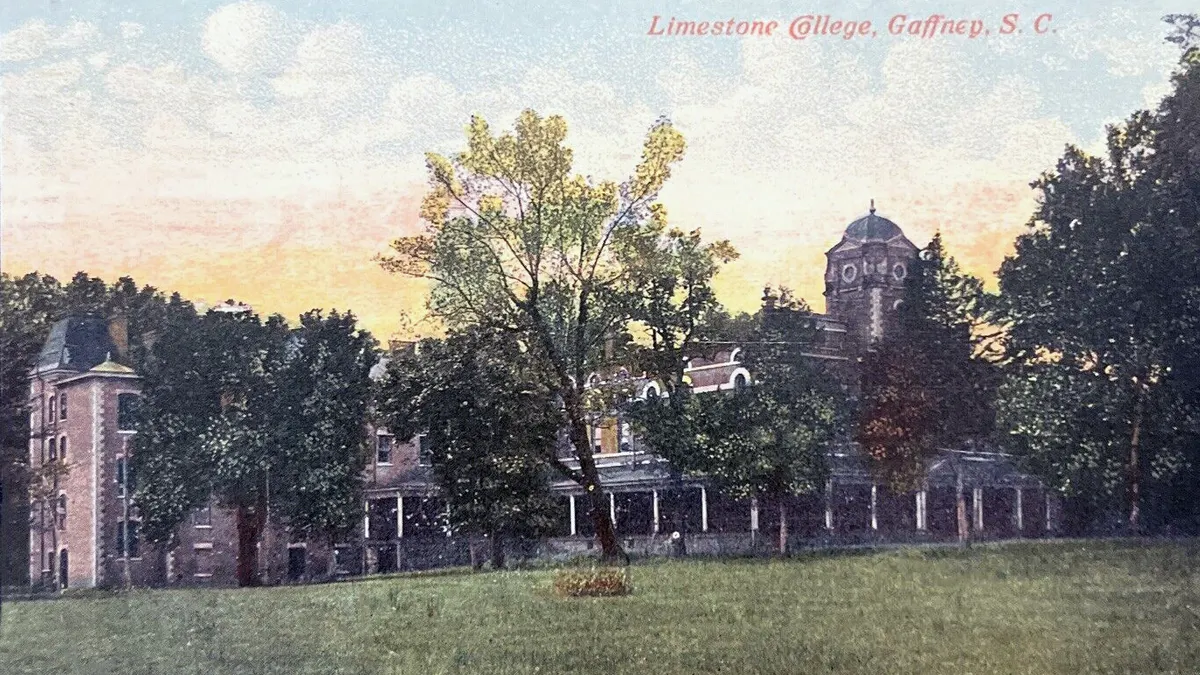Correction: A previous version of this article incorrectly referred to Semingson as a professor at the University of Texas at Austin. She works at the University of Texas at Arlington.
Dive Brief:
- Utilizing microcontent, which is defined as short bursts of information that can be delivered to students via electronic device and could consist of short podcasts, lectures or videos can be of particular benefit to non-traditional students with more external commitments, according to Peggy Semingson, the associate professor of Curriculum and Instruction at the University of Texas at Arlington, for The Evolllution.
- Such 'microlearning' can offer students versatile options with less intensive and time-consuming material to take in at once, moving away from the "walls of texts" students may shy away from. The process can also be beneficial for faculty and academic departments as microcontent materials can often be easy and affordable to produce, and easily accessible for students of all skill levels.
- Semingson suggested that educators or institutions unsure about the process could create pilot programs with innovative and interested educators. Using the microlearning approach to create mini-videos and podcasts could promote greater engagement with learning materials on their own time, and help faculty develop their proficiency with online learning materials in manageable pieces.
Dive Insight:
The concept of microlearning may be more attractive to non-traditional students who tend to desire accessibility and flexibility in how and when they learn, but it can also be an enticing middle ground for higher ed institutions wanting to build out their own online learning capabilities but are concerned about the expenses involved in hiring new staff or retraining established staff and faculty. In a recent Education Dive interview, a professor for the Carnegie Mellon Tepper School of Business reiterated that the increase in tech accessible via laptops and smartphones made it easier for educators and institutions to create valuable, high-quality online learning programs without a large financial investment. Institutions should be willing to experiment with microlearning tools and approaches, as the return on investment could be far greater than the relatively small investment involved in assisting an educator to create a short podcast or video.
Using microlearning techniques, and inviting students to take part in crafting their own responses, can also be an affordable and timely method of creating robust dialogue and community between students and educators, as well as between students and their peers. At a recent panel discussion, Walden University’s Bonnie Mullinix, said it is important to establish a venue for discussion for online students who may not otherwise have the benefits that can emanate from in-class debate and collaboration. Microcontent can be a cost-effective way for institutions to help students develop programs that illustrate content knowledge, as well as an ancillary development of tech skills like digital audio and video which are increasingly valued.







